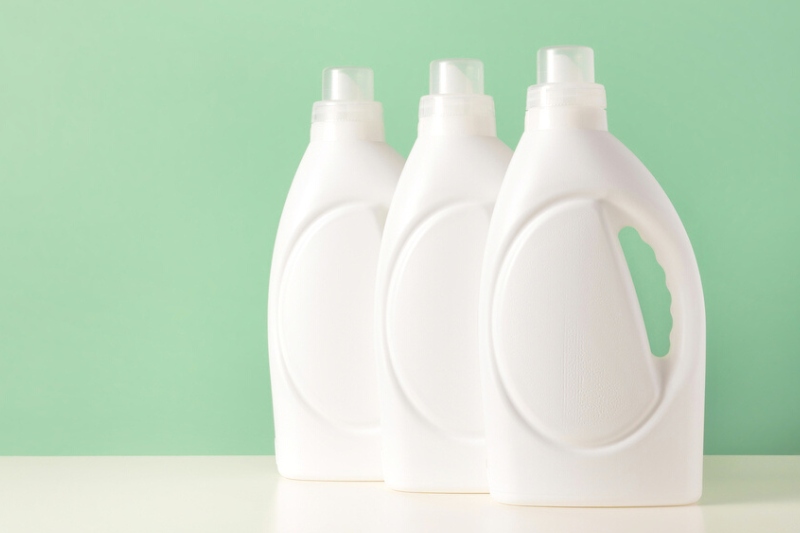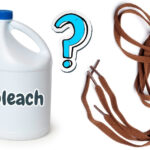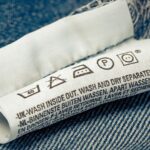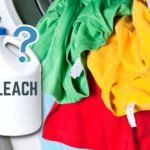When researching eco-friendly alternatives to traditional cleaning products, you might have come across the term “green bleach”.
Considering bleach is one of the most effective (but also most damaging) household cleaners, it’s fair to wonder how this alternative is greener.
So, if you’re wondering, what is green bleach UK, you’re in the right place. Read on to find out more.
What Is Green Bleach?
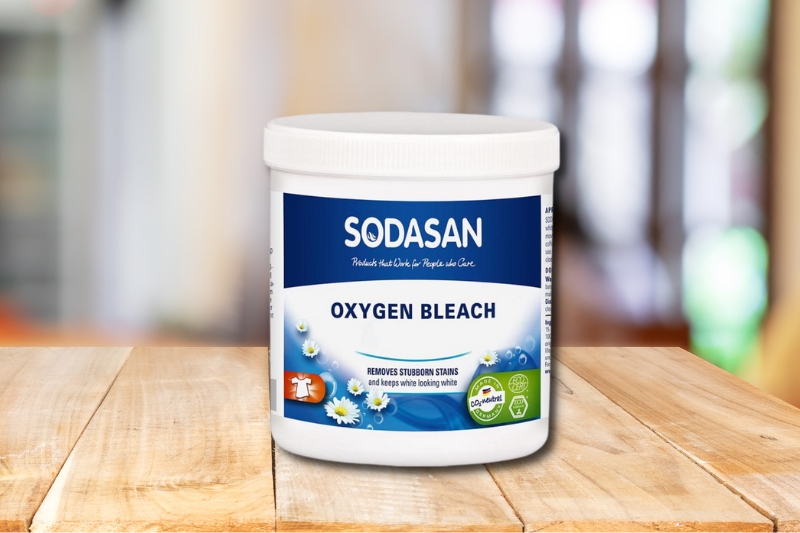
Green bleach is a common name for an eco-friendly alternative to traditional bleach. It uses sodium percarbonate, which is also known as oxygen bleach.
When we use that name, you might recognise the product as the same thing you use for whitening clothes, and it is.
Vanish Oxi Action and similar products use sodium percarbonate as their main ingredient, which is actually an old-school ingredient in many washing and chemical processes.
Also known as soda ash or soda crystals, it’s been used in everything from washing and water softening to glass and soap manufacturing.
How Does Green Bleach Work?
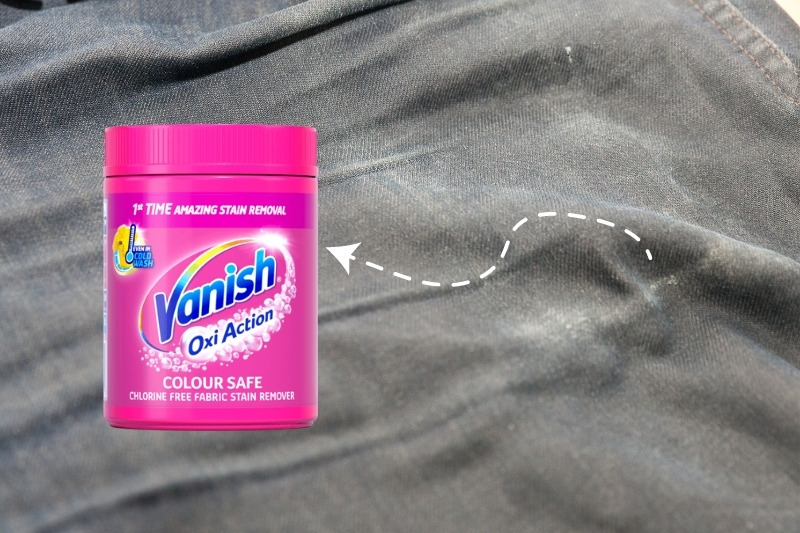
Green bleach contains sodium percarbonate (soda ash) and hydrogen peroxide. When combined with water, the active ingredients dissolve and release oxygen.
This helps break down the chemical bonds within a stain, causing it to lift from whatever it’s staining.
The only by-products are oxygen and soda ash, making it much safer to use around the home. Therefore, green bleach can be used for:
- Whitening fabrics
- Disinfecting surfaces
- Stain removal
- Cleaning toilets, sinks, etc.
Generally, you can use oxygen bleach in any situation where you might want to use traditional bleach.
For most cleaning chores, make sure you use generic oxygen bleach rather than something like Vanish Oxi Action. The latter contains other ingredients that might not make it suitable for household cleaning.
Why Should You Use Green Bleach?
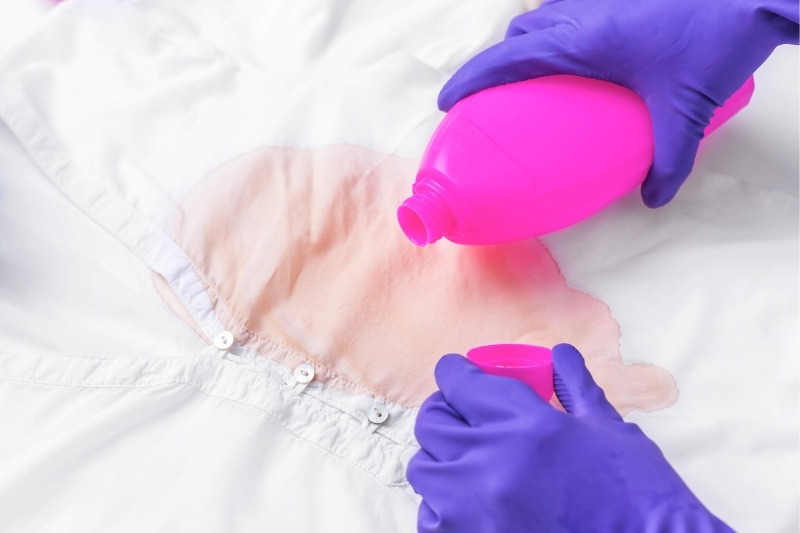
So, why might you want to make the switch to green bleach over traditional chlorine bleach? There are several reasons:
1. Better for the environment
Green bleach typically contains one or two ingredients: sodium percarbonate and hydrogen peroxide. These are made from completely natural ingredients: salt, water, and chalk. Therefore, green bleach is pretty safe for the environment.
You can also use it in homes with septic tanks, as there’s nothing in there that’ll affect them. Note though, that it’s not grey water safe because the waste components are very high in salt.
This is in contrast to traditional chlorine bleach, which can contain any number of ingredients.
While many are necessary for preserving and diluting the product, they’re not great for the environment.
If you look at your bleach bottle, you’ll likely see the “harmful to marine life” label, which isn’t great for a product that you’re literally pouring down the drain.
2. Safer for you
Chlorine bleach is an irritant that can affect your skin and lungs. At best it’ll give you a slight cough, but it can do a lot worse.
Plus, if you mix it with other household chemicals (such as ammonia or acids), you can create chlorine or chloramine gas, both of which are very harmful.
Oxygen bleach, on the other hand, is generally a lot safer. You can’t make any dangerous gasses by mixing it with other cleaning products, although it’s always best to stick with natural products anyway.
That said, you should still avoid getting it on your skin when using it. A small amount won’t do major damage, but it can burn if it comes into contact with water. Make sure you wash it off straight away with soap and water if you do get any on you.
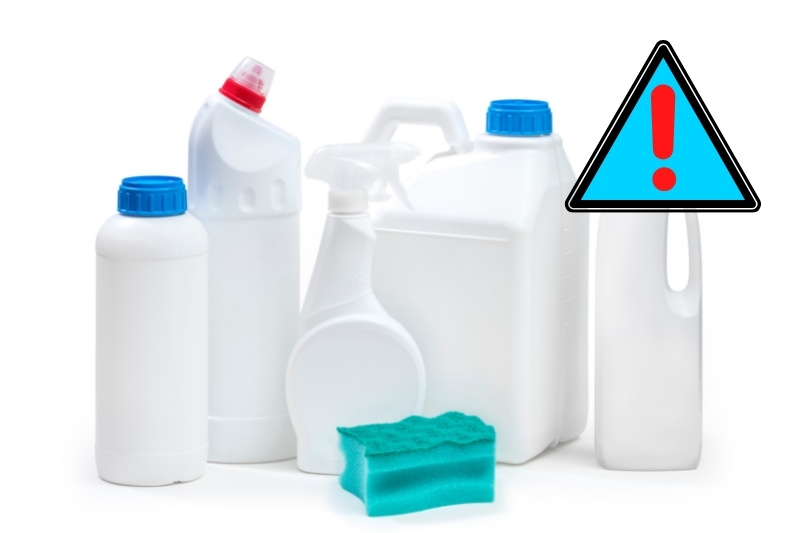
3. Safe to use on fabric and natural materials
There are plenty of things you shouldn’t use chlorine bleach on, including fabric, stone, and more.
Green bleach, however, is generally safe to use on pretty much anything. You’ve probably already used it in your washing without thinking twice about it.
It also doesn’t break down clothing fibres because it’s not as corrosive as chlorine bleach. Of course, you should avoid using it on delicate fabrics such as silk, wool or leather. Also, make sure you do a patch test on coloured fabrics.
You can also use oxygen bleach on stone and wood, although you should again do a patch test to make sure.
It’s ideal for removing mould, algae and mildew provided the wood or stone surface can handle it.

4. Versatile cleaning product
Like traditional bleach, green bleach is an equally versatile cleaning product.
It can be used for anything from mould removal and sink unblocking to toilet cleaning and a general household disinfectant.
The cleaning method varies depending on the job, but at some level it’ll involve mixing the bleach powder with water to activate it.
Some jobs might require a paste, whereas others will require you to just pour the powder into the drain or toilet.
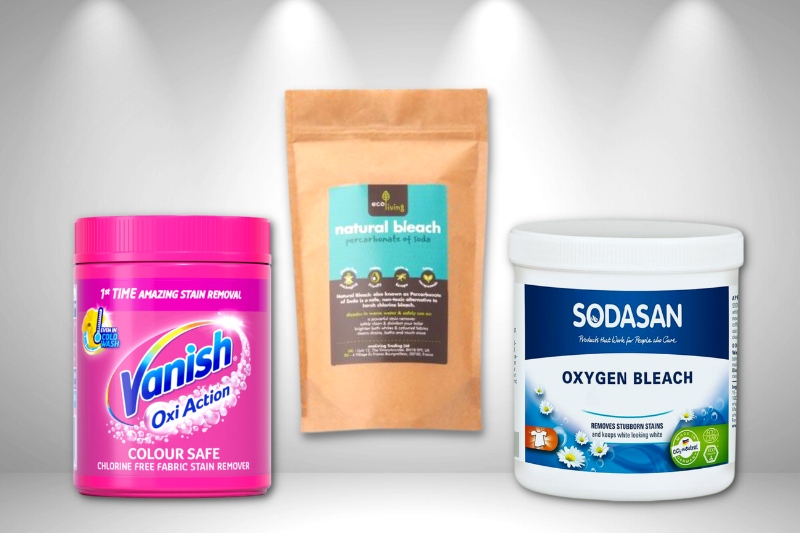
5. Easier to store and transport
An added bonus from the environmental perspective is that green bleach comes as a powder, making it more cost-efficient to transport and store.
Plus, there are plenty of brands out there that sell their green bleach in paper bags or compostable packaging, making it a much more eco-friendly alternative to traditional bleach in plastic bottles.
While this might not be your first thought when looking at eco products, it’s an important consideration if you want to think about your impact beyond your own home.
Products like bleach contain a lot of water, and when you buy them, you’re essentially paying for water that’s been transported from elsewhere in the world.
The benefit of buying a powder-based product is that you can mix it with water at home, which you can get for pennies straight out of the tap! This makes it a far more cost-effective solution.
Final Thoughts
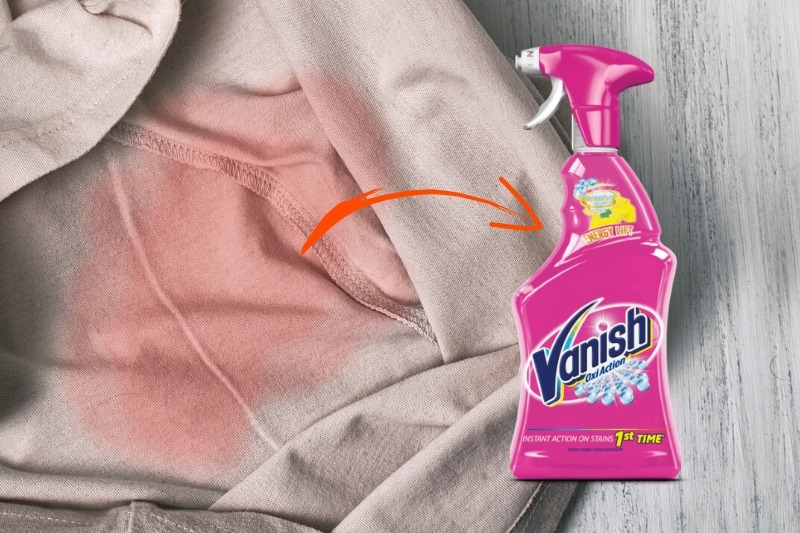
Making the switch to green bleach will be incredibly easy for most people. While it might involve small adjustments to the way you actually clean, oxygen bleach is generally just as convenient as chlorine bleach.

Jacob is a writer based in Wales, where he lives with his partner and two dogs. All his work is fuelled by extensive research and buckets of coffee.
